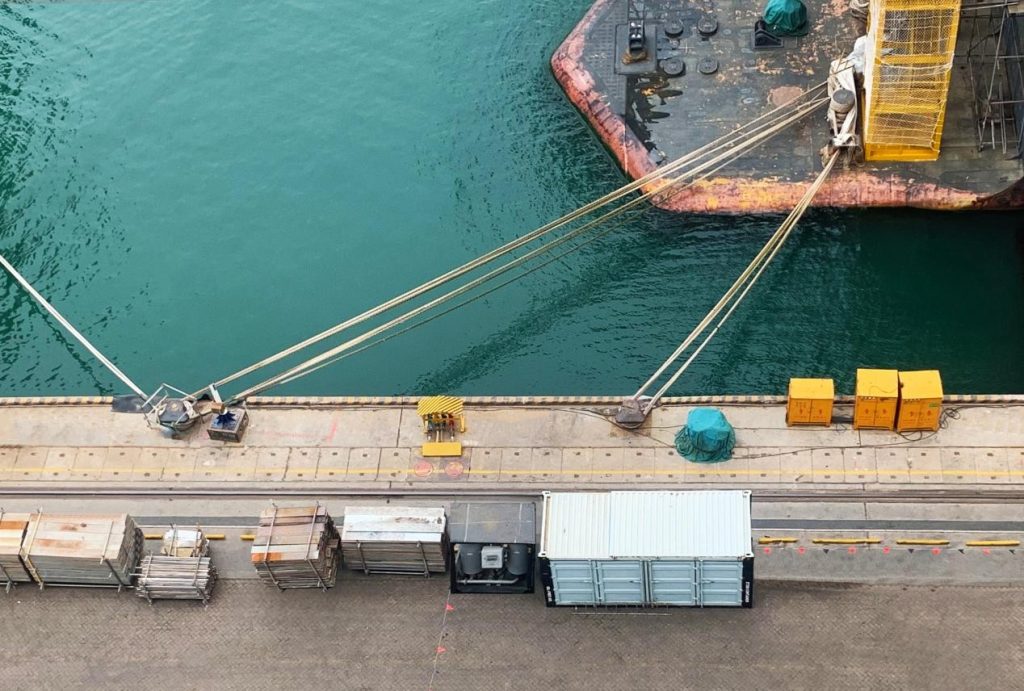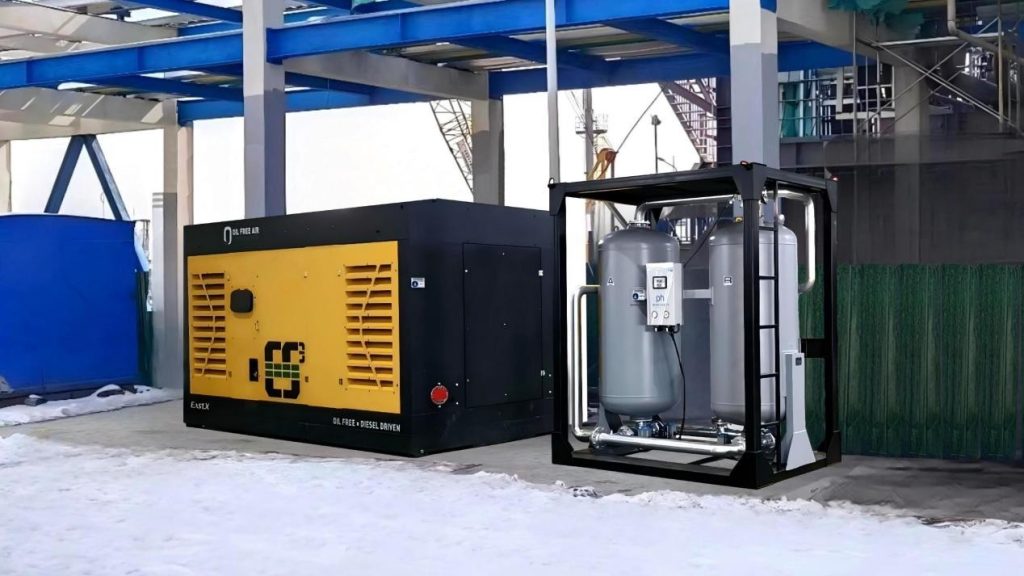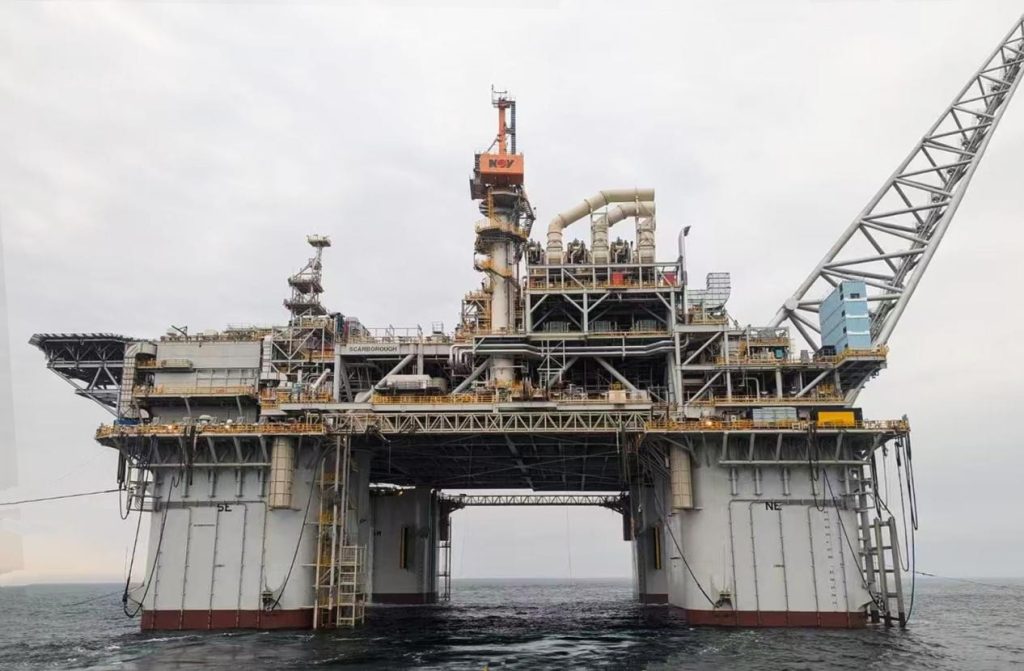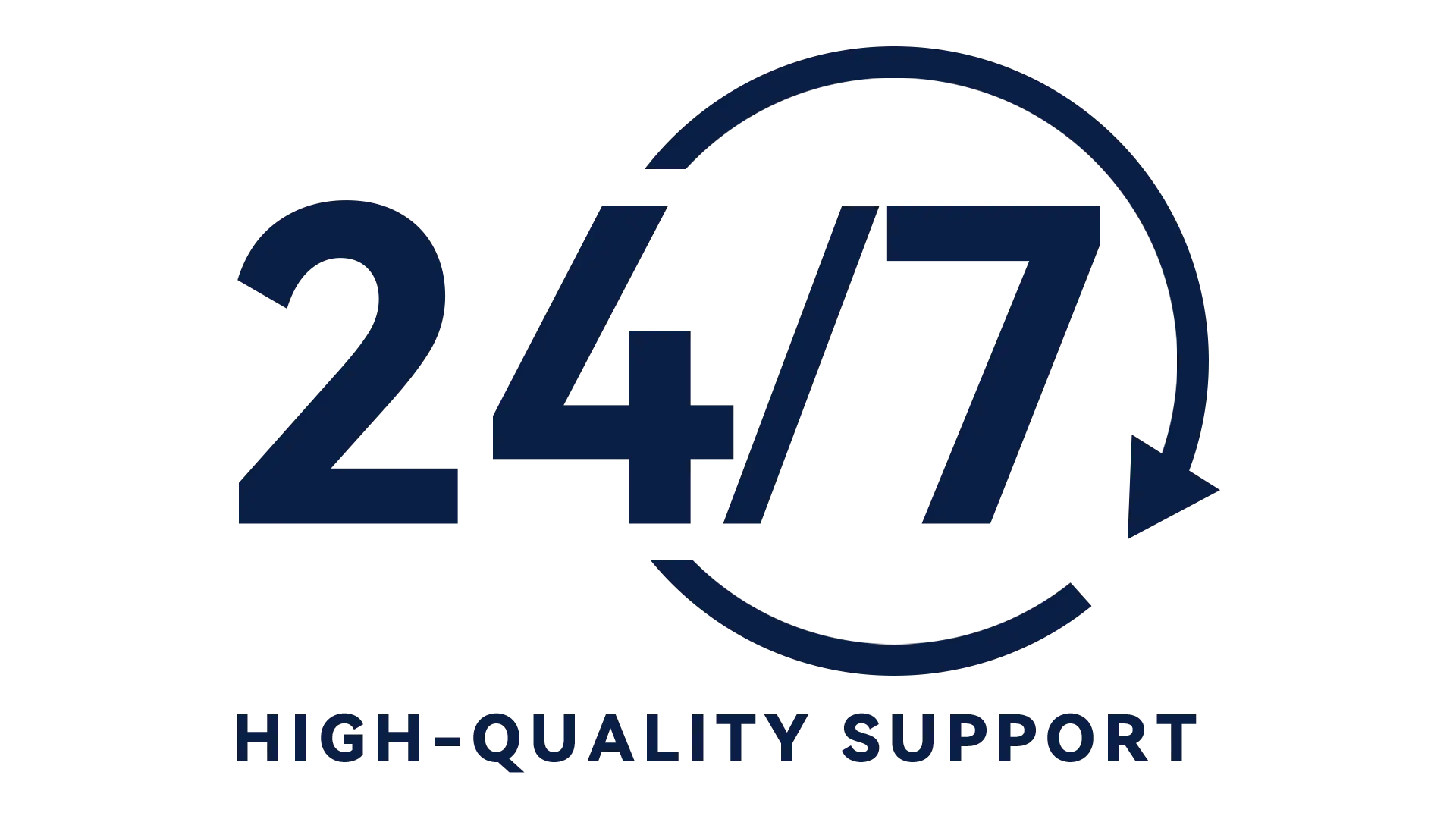Oil-free compressors provide clean, contaminant-free air and are widely used in industries with high air quality requirements. However, in extreme conditions like high temperatures, pressure, humidity, and dust, they face challenges that can lead to failures, decreased efficiency, and compromised air quality. Understanding these risks and implementing countermeasures is crucial for reliable operation.

1. Fault Risks in High-Temperature Environments
High temperatures above 45°C can reduce compressor efficiency and lead to failures.
Potential Issues:
- Seal Failure: High temperatures can cause seal materials to degrade or deform, leading to gas leakage or contamination.
- Lubrication Problems: High temperatures can reduce lubrication, increasing wear.
- Reduced Efficiency: Higher temperatures lower the air density, reducing the compressor’s efficiency.
Countermeasures:
FOOENS RENTAL designs compressors with heat-resistant materials and cooling systems, maintaining stable performance. Our intelligent temperature control system prevents overheating.
2. Fault Risks in High-Pressure Environments
High-pressure conditions impose strict demands on sealing and structural strength. Minor defects can result in serious issues.
Potential Issues:
- System Overload: Operating pressures exceeding design limits can overload core components (e.g., cylinders, pistons), potentially causing damage.
- Pressure Fluctuations: Unstable airflow in high-pressure environments can lead to uneven load distribution, impacting stability.
- Sealing Issues: Even small sealing defects under high pressure can lead to gas leakage.
Countermeasures:
FOOENS RENTAL compressors use high-pressure materials and optimized compression systems with precise pressure regulation, ensuring stable operation.

3. Fault Risks in Humid Environments
Humidity causes corrosion, rust, and electrical failures.
Potential Issues:
- Corrosion and Rusting: Moisture can cause metal parts to corrode, leading to mechanical failures.
- Electrical Failures: Humidity can lead to short circuits or equipment malfunctions.
- Water Contamination: Water entering the compressed air stream can degrade air quality and cause further mechanical issues.
Countermeasures:
FOOENS RENTAL compressors are built with anti-corrosion coatings and high-quality stainless steel to ensure long-term stability in humid environments.
4. Fault Risks in Dusty Environments
Dust causes filter blockages, increased wear, and cooling inefficiency.
Potential Issues:
- Filter Blockages: Dust can clog the filtration system, reducing airflow and efficiency.
- Component Wear: Dust particles in the compression system accelerate wear on mechanical components.
- Cooling System Inefficiency: Dust may obstruct the cooling system, causing overheating.
Countermeasures:
FOOENS RENTAL compressors feature sealed enclosures, enhanced filtration, and cooling systems to prevent dust-related issues.

5. Fault Risks in Low-Temperature Environments
Cold weather causes startup issues, poor lubrication, and material aging.
Potential Issues:
- Cold Start Difficulties: Low temperatures can cause freezing of compressed air, blocking airflow paths and preventing startup.
- Lubrication Failure: In cold conditions, lubricants become more viscous, reducing their ability to lubricate moving parts.
- Seal Failures: Low temperatures can cause sealing materials to become brittle, leading to leaks.
Countermeasures:
FOOENS RENTAL compressors use cold-resistant materials and antifreeze designs to prevent cold-related failures.
6. Fault Risks at High Altitudes
Thin air and low pressure at high altitudes reduce efficiency and cooling.
Potential Issues:
- Reduced Compression Efficiency: Lower air density at high altitudes decreases the compressor’s efficiency.
- Insufficient Power: Reduced oxygen levels hinder the compressor’s power system from achieving its design capacity.
- Poor Cooling: Thin air at high altitudes leads to less efficient heat dissipation, potentially causing overheating.
Countermeasures:
FOOENS RENTAL compressors are optimized for high-altitude environments, ensuring that they perform well even in thin air with low atmospheric pressure.

7. Fault Risks in Strong Wind Environments
Strong winds can increase vibrations, potentially damaging equipment.
Potential Issues:
- Vibration and Wear: Strong winds can cause significant vibration, leading to part loosening, wear, and mechanical failure.
- Structural Damage: High wind speeds can damage external components, such as casings and supports.
Countermeasures:
FOOENS RENTAL compressors are built with anti-vibration structures and reinforced casings to withstand strong winds.
8. Fault Risks in Corrosive Gas Environments
In certain chemical or metallurgical industries, compressors may be exposed to corrosive gases (e.g., hydrogen sulfide, chlorine, ammonia), which can cause severe damage to equipment components.
Potential Issues:
- Corrosion and Oxidation: Corrosive gases accelerate the corrosion of metal parts, potentially leading to equipment failure.
- Seal Damage: Corrosive gases can degrade sealing materials, causing leaks.
- Electrical Failures: Corrosive gases can damage electrical components, leading to short circuits or failures.
Countermeasures:
FOOENS RENTAL compressors use corrosion-resistant materials and specialized seals for reliable performance in corrosive environments.
FOOENS RENTAL’s oil-free compressors are built to handle extreme conditions with advanced engineering. From high temperatures and pressures to humidity, dust, and corrosive environments, we ensure reliable, efficient operation through superior design and support, meeting all environmental challenges.

